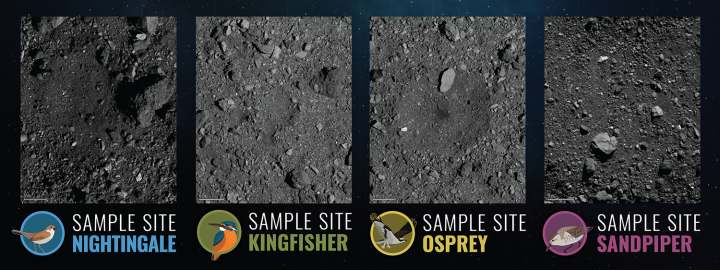Lloyd’s introduces new insurance policy for smallsats
Capitalism in space: The insurance company Lloyd’s today introduced a new insurance policy expressly designed for the emerging smallsat launch industry.
The solution – called “Llift Space” – is only available in the Lloyd’s market and allows customers to cover their assets from the pre-launch phase, including transit and placement on the launch vehicle, through to the launch phase and in-orbit operation. It is designed for satellites that weigh less than 300 kilograms (661.4 pounds).
The policy is modular so customers can choose the elements within each phase that are most relevant to their coverage needs.
The product is backed by a consortium of 18 syndicates, led by Brit and Hiscox MGA, with $25 million capacity per risk, and is targeted at the NewSpace sector.
NewSpace is characterized by lower cost, easier routes to space, opening up the sector to private enterprise, wealthy entrepreneurs and innovative start-ups. This is increasing the need for space insurance.
This action is a strong endorsement by the investment business in the future of the new smallsat launch industry.
Capitalism in space: The insurance company Lloyd’s today introduced a new insurance policy expressly designed for the emerging smallsat launch industry.
The solution – called “Llift Space” – is only available in the Lloyd’s market and allows customers to cover their assets from the pre-launch phase, including transit and placement on the launch vehicle, through to the launch phase and in-orbit operation. It is designed for satellites that weigh less than 300 kilograms (661.4 pounds).
The policy is modular so customers can choose the elements within each phase that are most relevant to their coverage needs.
The product is backed by a consortium of 18 syndicates, led by Brit and Hiscox MGA, with $25 million capacity per risk, and is targeted at the NewSpace sector.
NewSpace is characterized by lower cost, easier routes to space, opening up the sector to private enterprise, wealthy entrepreneurs and innovative start-ups. This is increasing the need for space insurance.
This action is a strong endorsement by the investment business in the future of the new smallsat launch industry.






